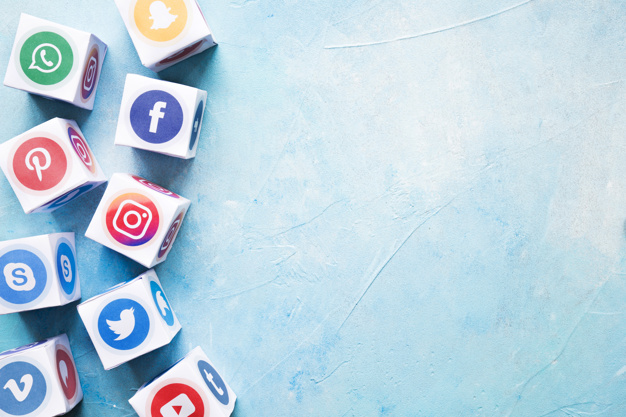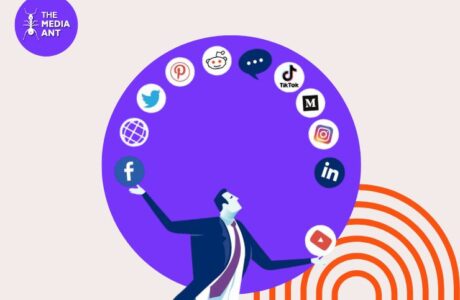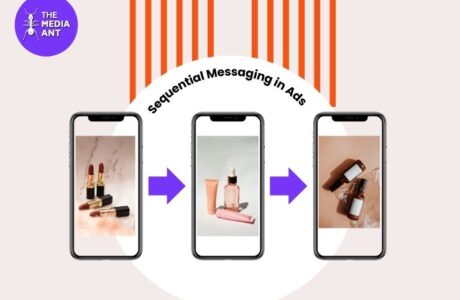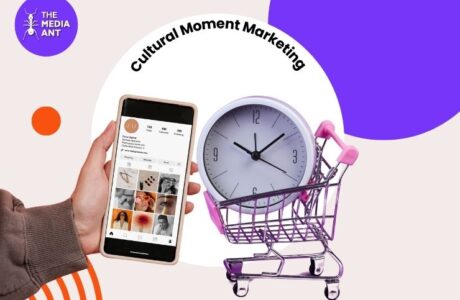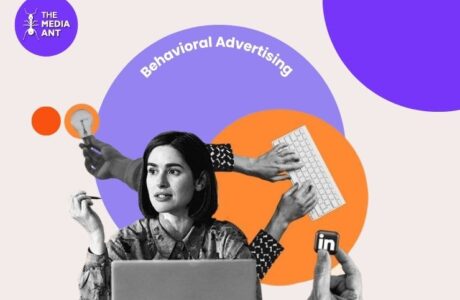This is a question we always encounter while executing digital advertising campaigns. How many times should we show digital ads to our audience? One time? Probably it would be too less to capture audience mindshare. Ten times? Probably it would bore my audience. What’s the optimal frequency then? Let’s have a look at few studies carried out by Facebook, YouTube, Comscore, and Nielsen. All the following studies have been undertaken with an assumption of unlimited advertising budget. However, advertisers can get a rough idea of the effect of ad frequency on brand impact and take an informed decision based on their budget.
What is the optimal frequency range for effective results without wasting impressions?
According to a study by Nielsen, carried out in Australia, 5-9 times is an optimal frequency range for digital ads to be effective without wasting the impressions.
Is it that simple?
Facebook has a slightly different view. According to a study that Facebook conducted by analyzing data from 11 brand campaigns, the effective frequency can vary according to the following three factors:

Does the effect of Ad Frequency on Brand Impact vary according to Campaign Objective?
According to Nielsen’s global analysis, for campaigns with brand awareness and purchase intent as objectives, there is a strong relationship between the brand impact and the frequency (number of exposures). Thus, with an increase in frequency, there would always be an increase in brand impact.

Whereas, for other campaign objectives like Brand Preference, brand impact peaks at a frequency of 3 and for the brand objective of Favourability the resonance peaks at a frequency of 6.
Does product category also affect the relation between brand impact and ad frequency?
Nielsen in their study also found out that product categories where the brand impact is closely related to occupying space in consumer’s mind, increase in ad frequency lead to an increase in brand impact. These product categories are FMCG, electronics, retail etc. while for product categories like financial products which are loyalty driven, ad frequencies do not have a clear effect on the brand impact.

Does Video Ads also show the same behavior as display ads on digital platforms?
According to a study by YouTube, the more the audience is exposed to the video ads, more is the brand lift. Although watching the video ad for even one time increases brand impact significantly, adding more frequencies bring an incremental effect on the brand impact. Refer to the following image:

Ideal Frequency for the video ads would vary across clients/verticals. However, based on objective and budget following is a rough guide of ideal frequency for the campaign types:
Lightweight Campaigns: 3/Week
Medium weight Campaigns: 6/Week
Heavyweight Campaigns: 8/Week
Also, YouTube studies have revealed that adding Bumper Ads to TrueView Video Ad Campaigns leads to higher Ad Recall and incremental reach on mobile.

How does the maximum number of times for ad exposure (without wear-out) differ in the case of TV and Digital?
A Comscore study shows that in the case of digital advertising, the threshold for repeated exposure to the same ad is much higher than that of TV. For TV, brand impacts max out at 3-5 exposures while for digital advertising, it is 15-20 exposures (validated impressions).
In fact, even in digital advertising, the effectiveness of campaigns starts declining after 50 validated exposures (these are validated impressions, so the gross frequencies can even go as high as 100). Refer to the diagram below:

As we can see, the brand impact witnesses a sharp rise till 15-20 impressions. From 20-50 impressions, there is an increment in the brand impact though quite minimal. And after 50 impressions, brand impact starts to decline.
Conclusion
Points discussed above can be summarized in the following points:
- Unlike TV, Digital Advertising can use a high number of repeated exposures to increase the brand impact. This can go up to 50 validated exposures (Comscore)
- The ideal frequency would vary as per the market factors, media factors, and message factors. (Facebook) or campaign objective (Nielsen) as well as the product category (Nielsen)
Advertisers should keep the above pointers in mind while booking a digital campaign. In case of any queries or clarification, contact us at Help@TheMediaAnt.com

